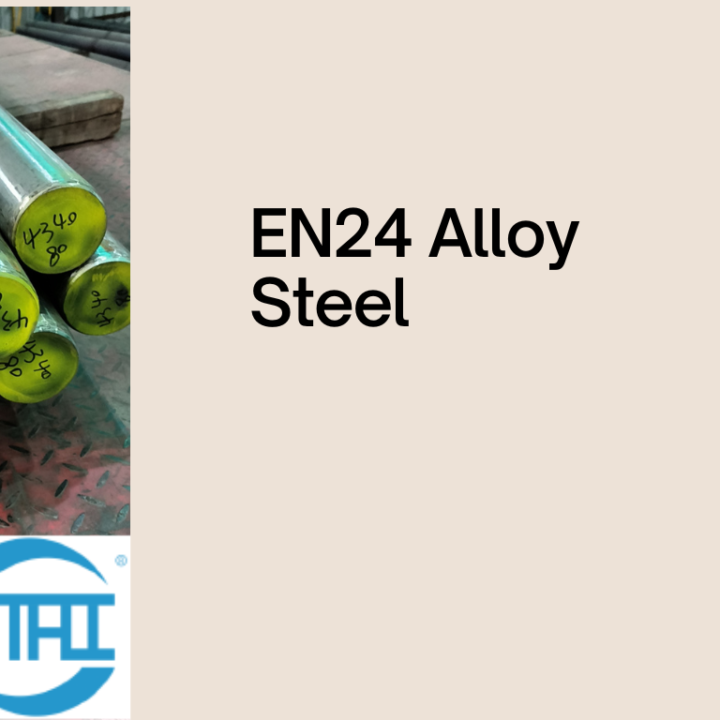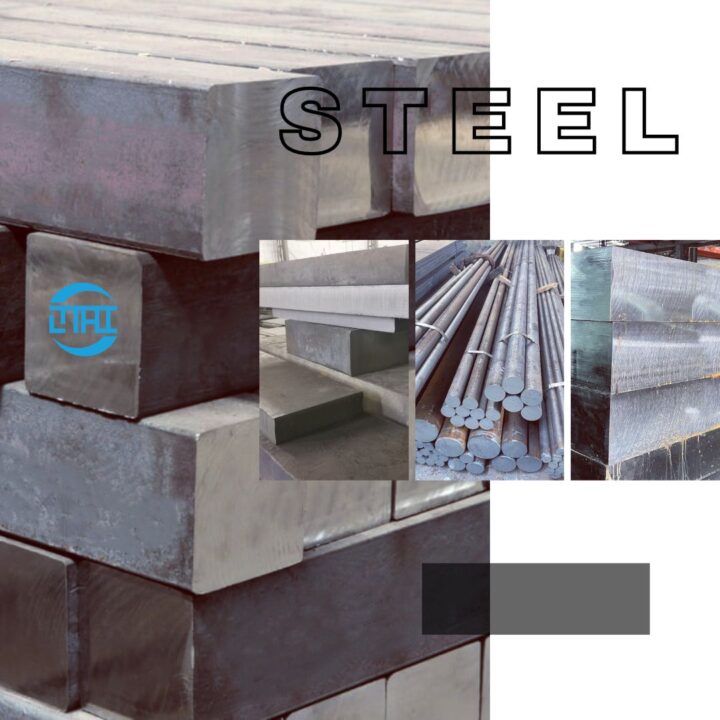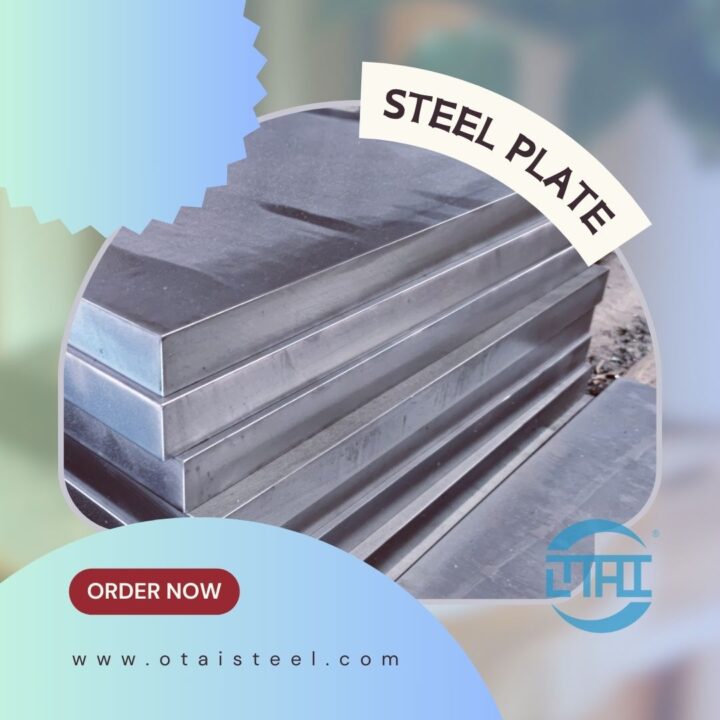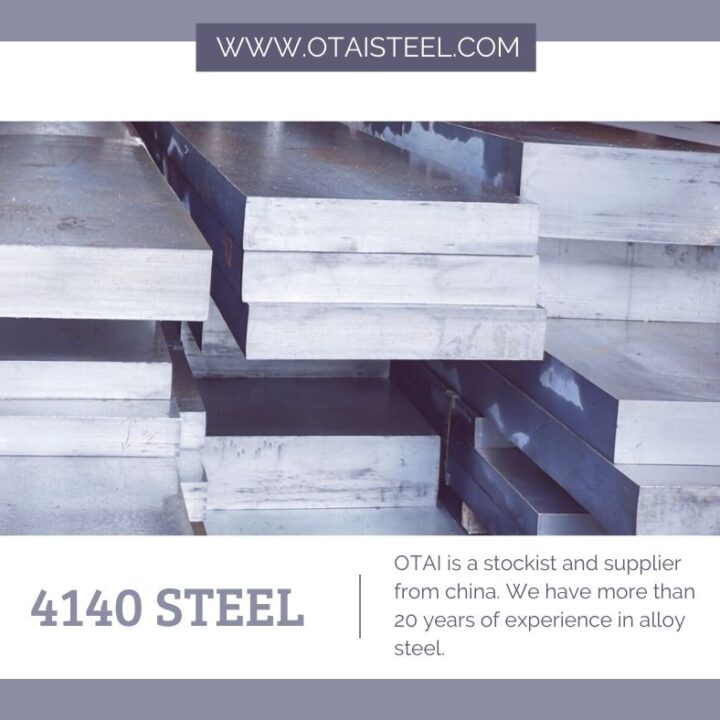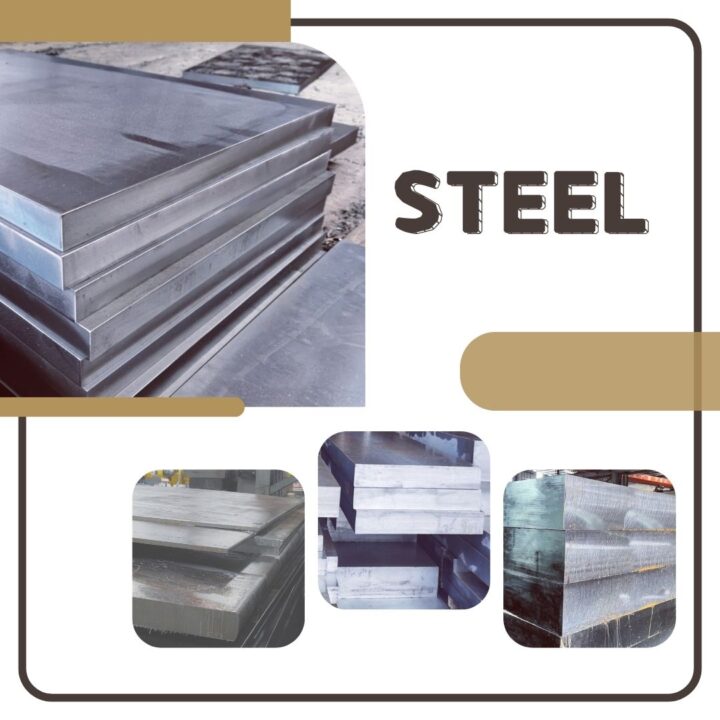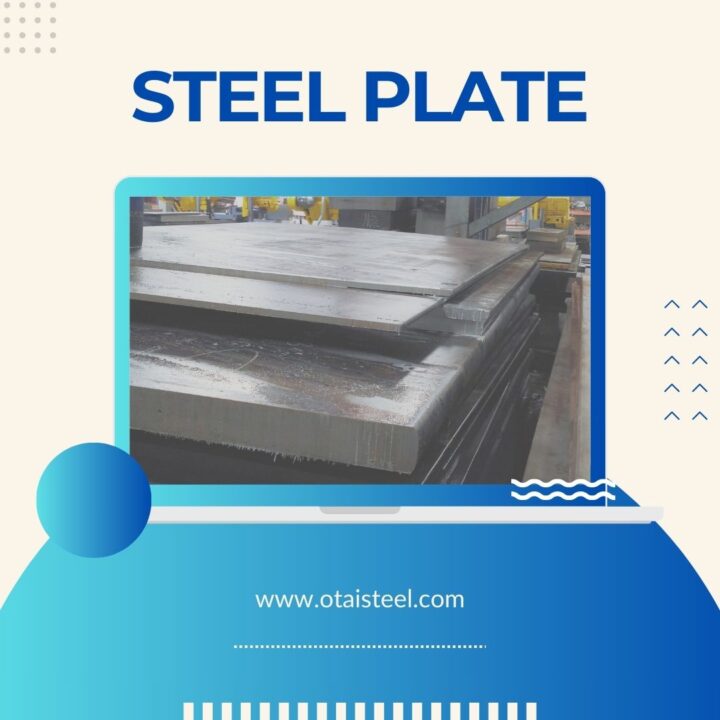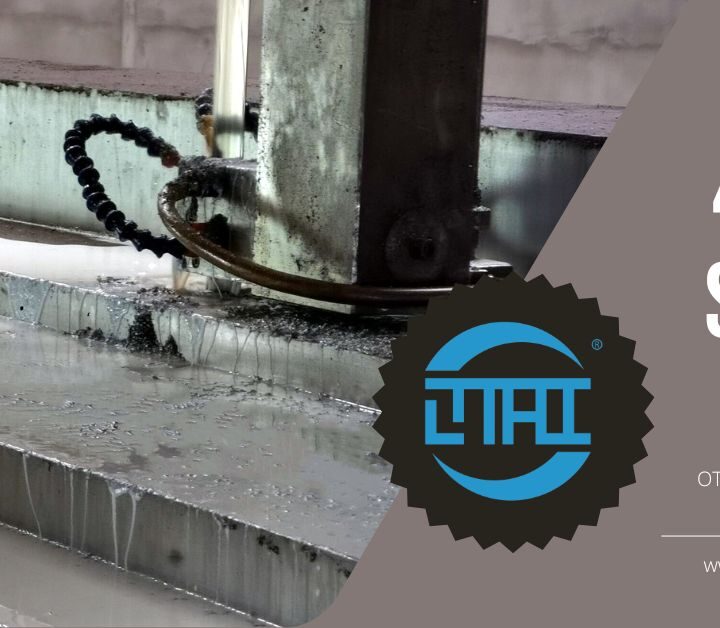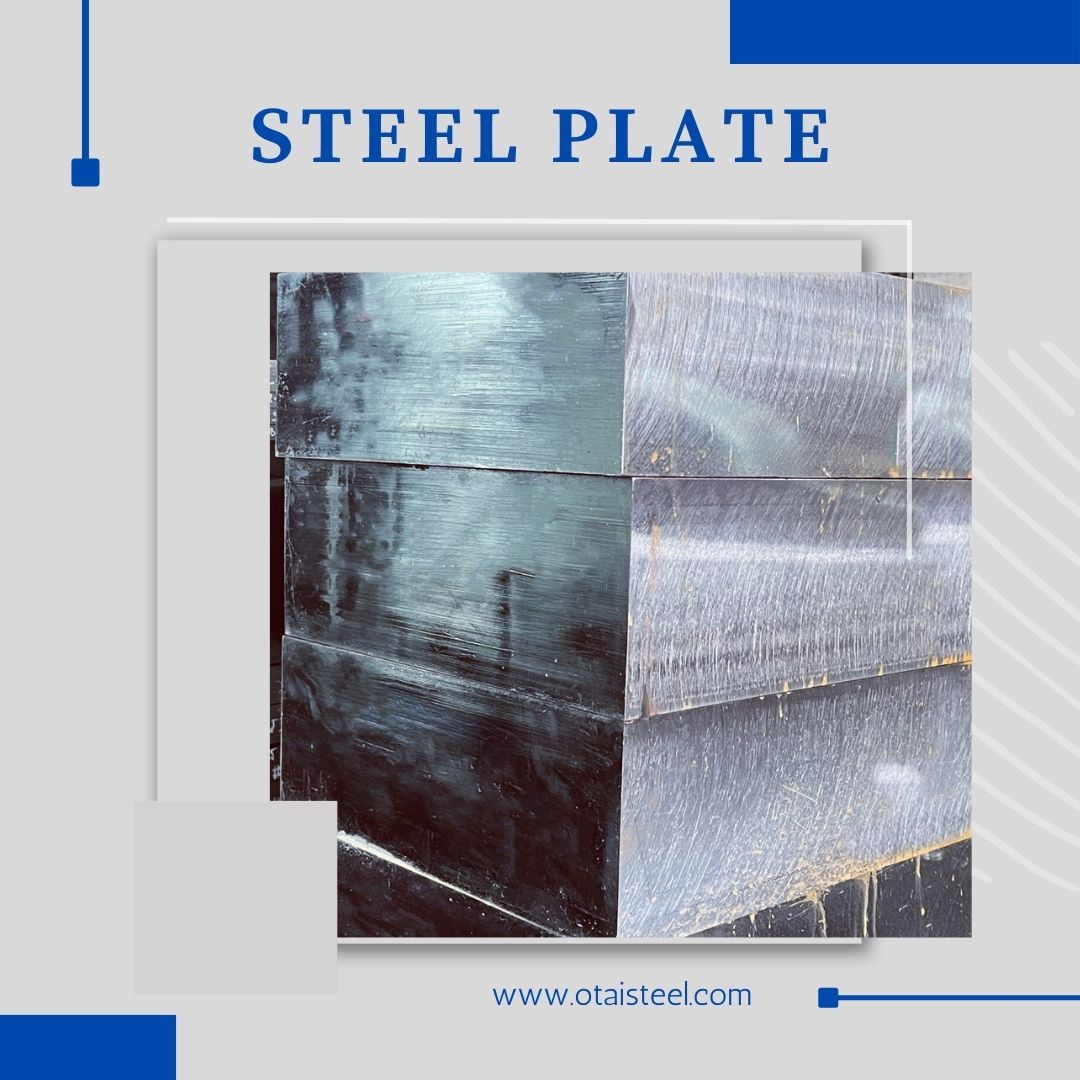 In the realm of engineering and manufacturing, the significance of 34CrNiMo6 steel components cannot be overstated. This alloy, known for its robustness and versatility, serves as the backbone for various critical applications. However, to elevate its performance and longevity, the spotlight turns to the crucial aspect of surface treatment. This exploration unveils why surface treatment is paramount for 34CrNiMo6 steel components and how it contributes to their overall functionality.
In the realm of engineering and manufacturing, the significance of 34CrNiMo6 steel components cannot be overstated. This alloy, known for its robustness and versatility, serves as the backbone for various critical applications. However, to elevate its performance and longevity, the spotlight turns to the crucial aspect of surface treatment. This exploration unveils why surface treatment is paramount for 34CrNiMo6 steel components and how it contributes to their overall functionality.
1. Corrosion Resistance: Shielding Against Environmental Challenges
One of the primary reasons for surface treatment on 34CrNiMo6 steel components is to enhance corrosion resistance. Exposure to harsh environmental elements, chemicals, or moisture can jeopardize the integrity of steel components. Surface treatments like galvanization or coatings act as a protective shield, preventing corrosion and ensuring the longevity of the components, especially in applications susceptible to corrosive environments.
2. Wear Resistance: Prolonging the Lifespan of Components
In applications where 34CrNiMo6 steel components experience constant friction, wear resistance becomes a critical factor. Surface treatments, such as nitriding or carburizing, create a hardened layer on the surface, significantly improving resistance to wear and abrasion. This not only prolongs the lifespan of the components but also ensures consistent performance under challenging conditions.
3. Fatigue Strength: Mitigating the Effects of Repeated Stress
Components made from 34CrNiMo6 steel often operate under cyclical loads, leading to fatigue stress. Surface treatments, through processes like shot peening or deep rolling, induce compressive stresses on the component’s surface. This compression counters the tensile stresses generated during operation, effectively increasing the fatigue strength and preventing premature fatigue failure.
4. Improving Aesthetic Appeal: Beyond Functionality
While functionality is paramount, the aesthetic appeal of components should not be overlooked. Surface treatments provide an avenue to enhance the visual aspect of 34CrNiMo6 steel components. This is particularly relevant in consumer-facing industries or applications where appearance matters. Treatments like polishing or coating not only protect against corrosion but also contribute to a polished and professional finish.
5. Thermal Stability: Addressing High-Temperature Environments
In applications subjected to elevated temperatures, the thermal stability of 34CrNiMo6 steel components is crucial. Surface treatments can include thermal processes like flame hardening or induction hardening, imparting resistance to deformation and ensuring the components retain their structural integrity even under high-temperature conditions. This is imperative in industries such as metallurgy or manufacturing, where components face extreme thermal environments.
6. Chemical Resistance: Safeguarding Against Harsh Substances
Certain applications expose steel components to harsh chemicals, which can corrode or erode the material. Surface treatments tailored for chemical resistance, such as coatings or alloying, create a barrier that shields the 34CrNiMo6 steel against chemical degradation. This is particularly vital in chemical processing plants or industries dealing with corrosive substances.
7. Dimensional Stability: Ensuring Precision in Manufacturing
Surface treatments play a role in maintaining the dimensional stability of 34CrNiMo6 steel components. Processes like case hardening or nitrocarburizing, when applied correctly, can enhance the hardness of the surface layer without compromising the core material. This results in components that maintain their precise dimensions over time, crucial for applications where precision is paramount.
8. Resistance to Galling and Seizure: Enhancing Functional Reliability
In applications where components experience sliding or rotating movements, the risk of galling or seizure exists. Surface treatments incorporating lubricious coatings or specialized finishes mitigate these risks, ensuring smooth operation and preventing the undesirable consequences of component binding.
Conclusion: Elevating Performance through Surface Treatment
In conclusion, the importance of surface treatment for 34CrNiMo6 steel components is multidimensional. From corrosion resistance and wear prevention to enhancing aesthetics and addressing specific environmental challenges, surface treatments contribute significantly to elevating the overall performance and reliability of these components. As industries demand robust and enduring solutions, surface treatment emerges as a pivotal step in maximizing the potential of 34CrNiMo6 steel in diverse applications.
